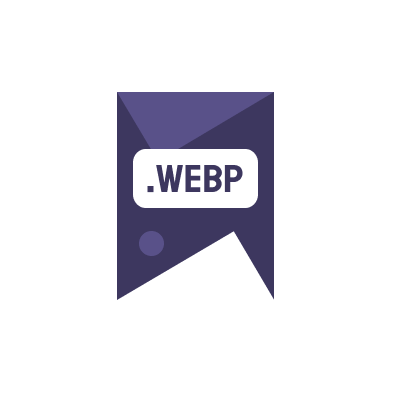Integrating WebP in Blogger or WordPress can significantly enhance the visual quality of your blog while optimizing its loading times and SEO performance. This guide will walk you through why and how to implement WebP format in your blogging platform.
Understanding WebP Format
WebP is a modern image format that provides superior lossless and lossy compression for images on the web. Developed by Google, WebP images are up to 30% smaller in file size compared to PNGs and 25-34% smaller than comparable JPEG images, all while maintaining high quality.
Benefits of Using WebP on Your Blog
- Increased Loading Speed: Smaller image file sizes mean faster page loading times, which can improve user experience and boost your SEO rankings.
- Enhanced Visual Quality: WebP supports 24-bit RGB color with transparency options, providing high-quality images with smaller file sizes.
- Improved SEO: Page speed is a known ranking factor for Google. By improving page load times with WebP, you can potentially rank higher in search results.
Despite these benefits, integration of WebP can seem daunting if you’re not familiar with technical website management. Fortunately, both Blogger and WordPress offer straightforward solutions.
Integrating WebP in WordPress
WordPress users can easily integrate WebP by using plugins. Plugins like ‘Imagify’, ‘ShortPixel’, and ‘WP Smush’ allow automatic conversion of uploaded images to WebP format. Here’s how you can do it:
- Install a WebP conversion plugin from the WordPress plugin repository.
- Activate the plugin and adjust the settings to automatically convert images to WebP upon upload.
- Additionally, these plugins also offer features like bulk conversion of existing images to WebP, which can be extremely handy.
Using WebP in Blogger
Blogger platform is a bit more manual but still manageable. You can convert your images to WebP using online tools like Image to webp online free before uploading them to your Blogger site. After conversion:
- Upload the WebP image files to your Blogger posts as you would with any other image file.
- Ensure your blog’s template can handle HTML5 as WebP is better supported in HTML5 environments.
Additionally, Google’s support for WebP in all its browsers ensures that most users will be able to view your images without any issues.
External Resources and Further Reading
For more detailed information on SEO best practices and advanced techniques, consider visiting Google’s SEO Starter Guide.
Remember, integrating WebP in Blogger or WordPressis not just about improving aesthetics but also about enhancing the functional performance of your site. With the above steps, you can start leveraging the power of WebP to make your blog more engaging and search engine friendly.
If you have any queries or need further assistance, feel free to reach out through our contact page.

